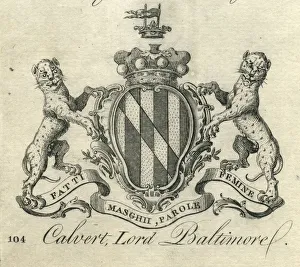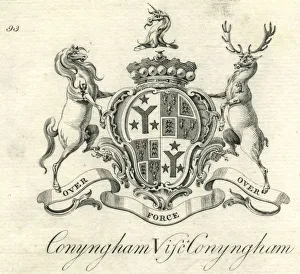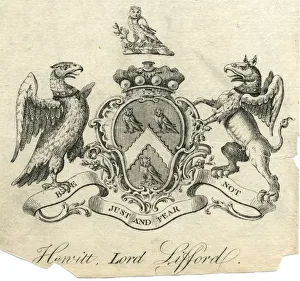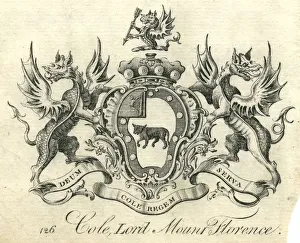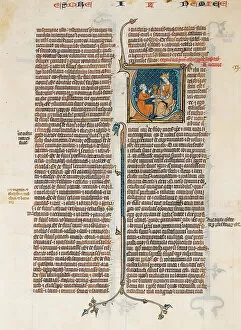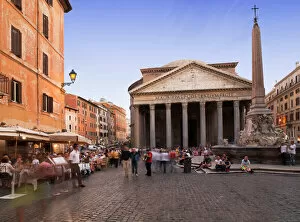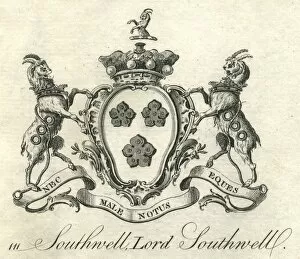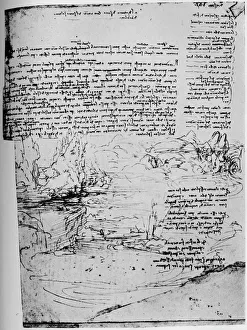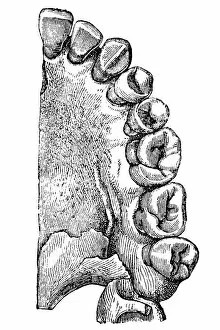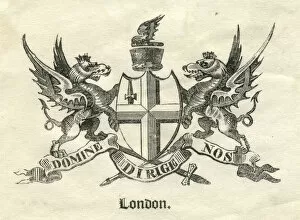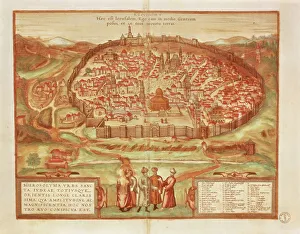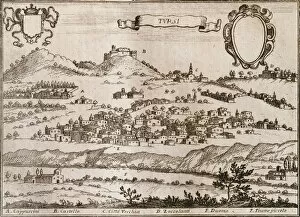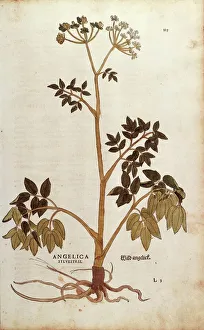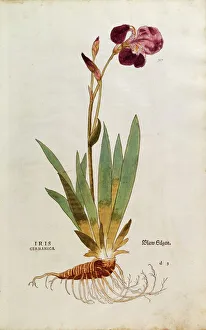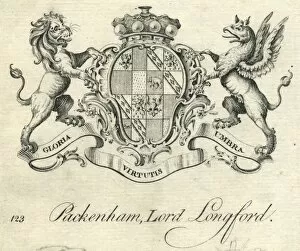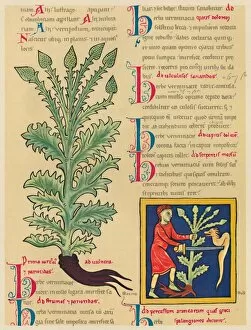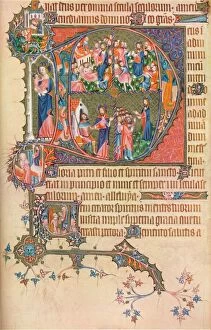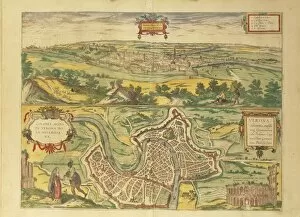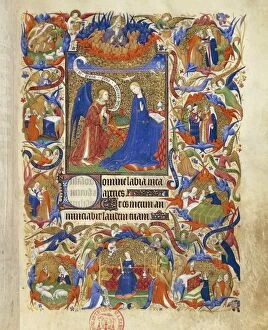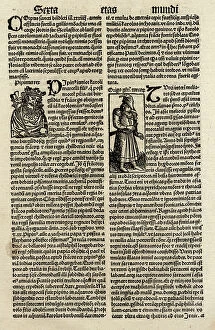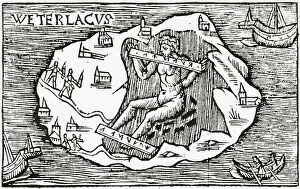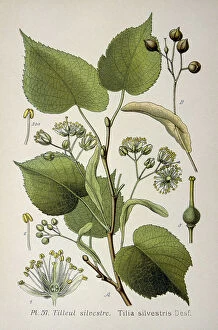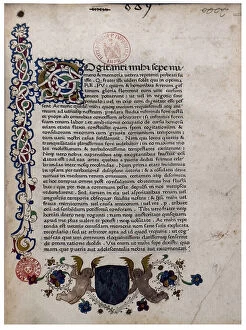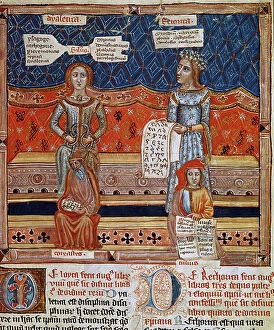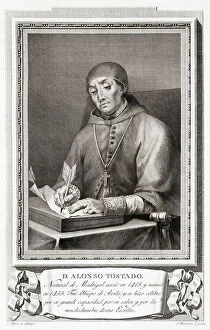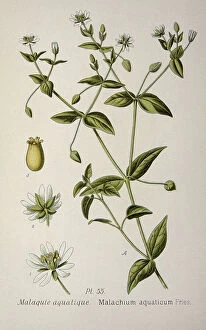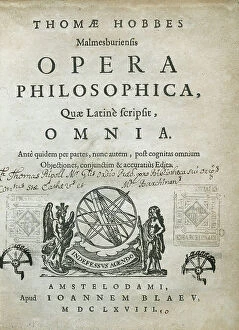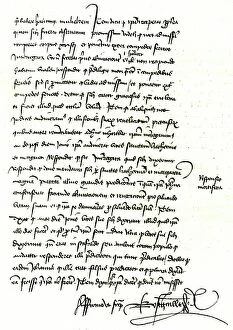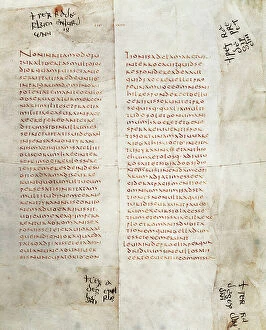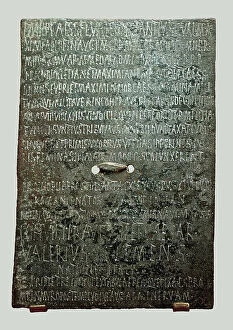Latin Script Collection
"Exploring the Rich Heritage of Latin Script
All Professionally Made to Order for Quick Shipping
"Exploring the Rich Heritage of Latin Script: From Medieval Manuscripts to Modern Coats of Arms" Step back in time and immerse yourself in the captivating world of Latin script. This ancient writing system has left an indelible mark on history, as evidenced by a plethora of remarkable artifacts. Take, for instance, the Coat of Arms Hewitt Lord Lifford from the 18th century. Adorned with intricate designs and symbols, it reflects the noble lineage and heraldic traditions of its time. Similarly, the Coat of Arms Calvert Lord Baltimore transports us to another era, showcasing opulence and prestige. Delve into medieval manuscripts like the Manuscript Leaf with Opening of The Book of Nehemias from France circa 1280-1300. Its delicate calligraphy and vibrant illuminations offer a glimpse into religious devotion during that period. From coats-of-arms such as Cole, Lord Mount Florence or Viscount Conyngham Cunningham to those belonging to Lord Southwell or Mackenzie Viscount Fortrose - each tells a unique story through its meticulously crafted emblems and colors. Traveling beyond Europe's borders brings us to iconic landmarks like The Pantheon in Rome. This architectural marvel stands as a testament to Roman ingenuity while highlighting Latin script's influence on inscriptions adorning its grand facade. Latin script extends beyond traditional art forms too; it finds expression even in botanical illustrations like Verbena or Vervain from 1947. Leonardo da Vinci himself contributed to this legacy with his artistic rendition showcased in First Page of The Armenian Letters dating back to 1928. The diversity continues with unexpected discoveries such as a Maxilla bone adorned with teeth - an intriguing example where scientific exploration intersects with Latin script's role in anatomical classification. Even cities pay homage through their Armorial City representations; London's emblem from the 19th century proudly displays its historical ties using this timeless script style.

